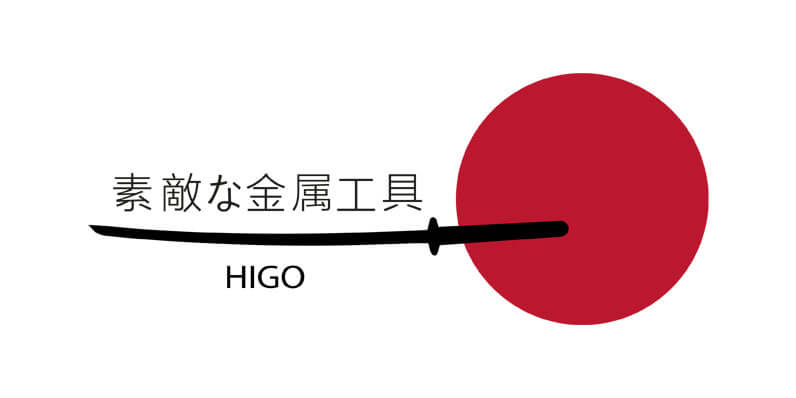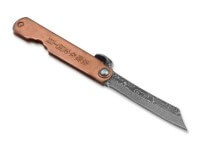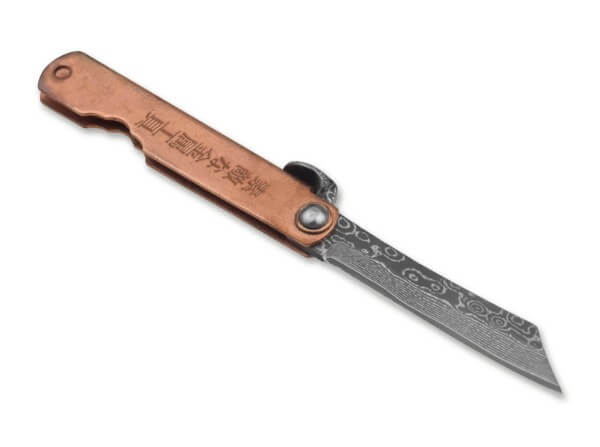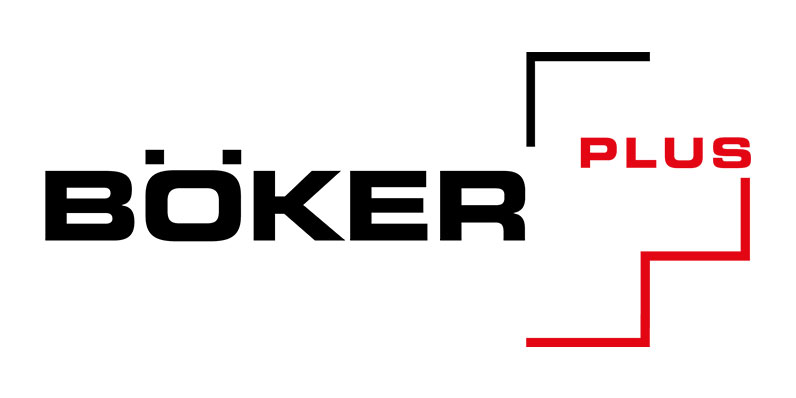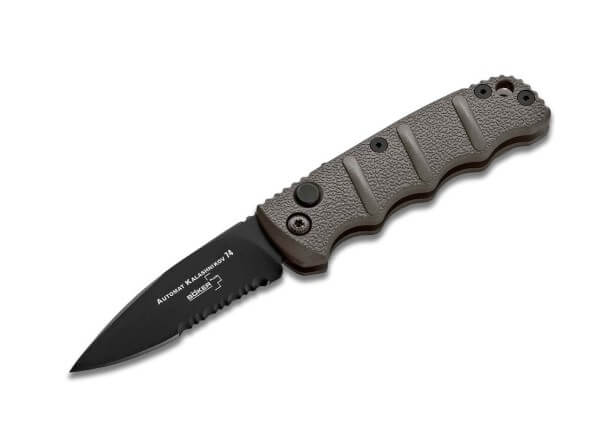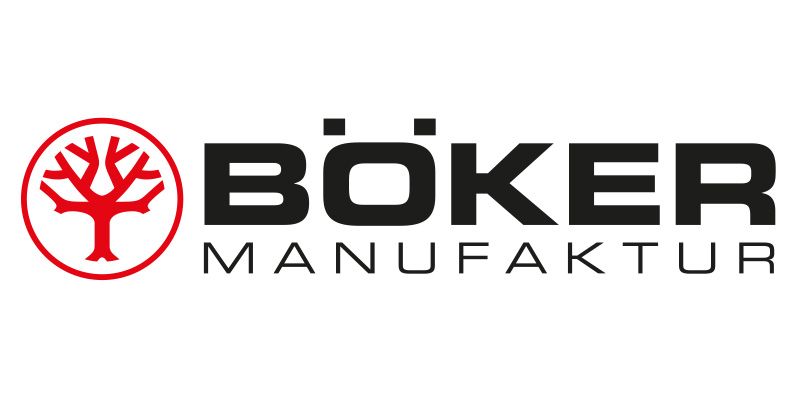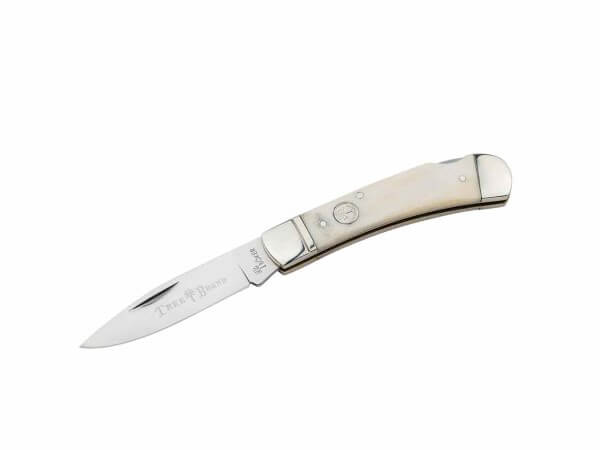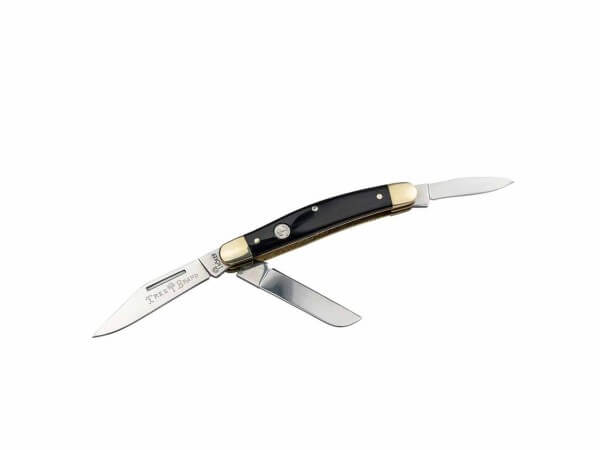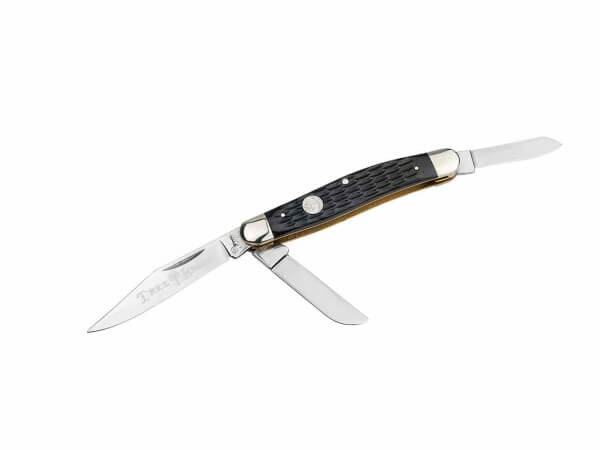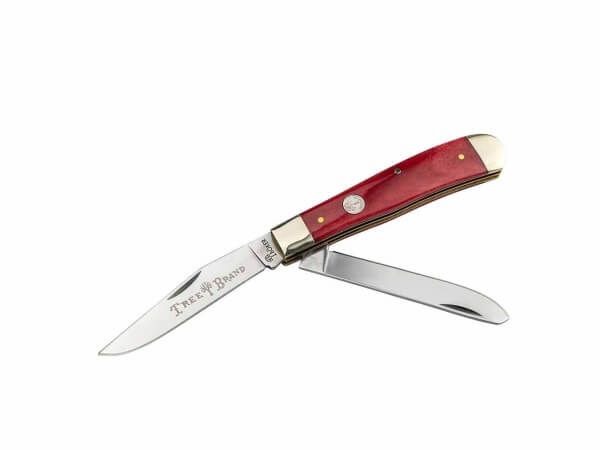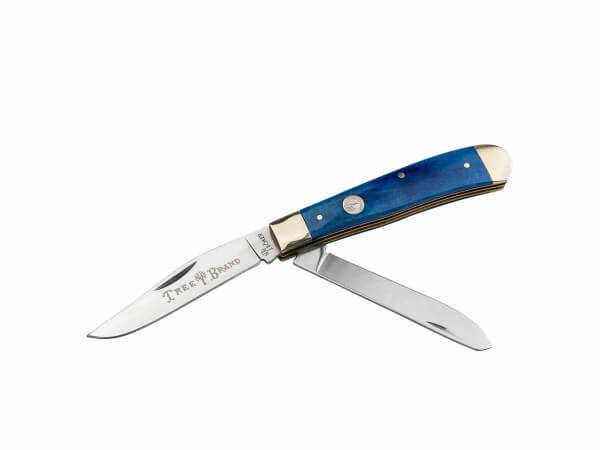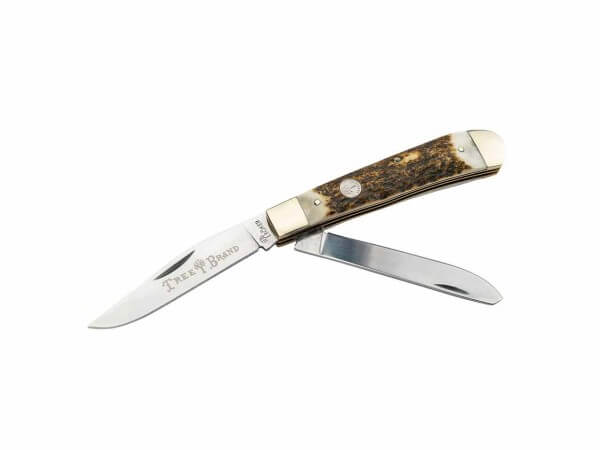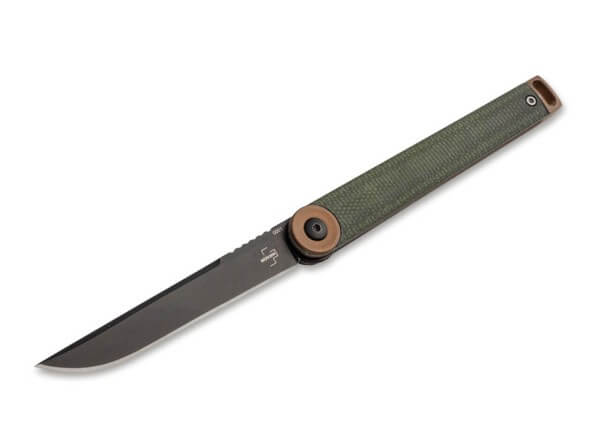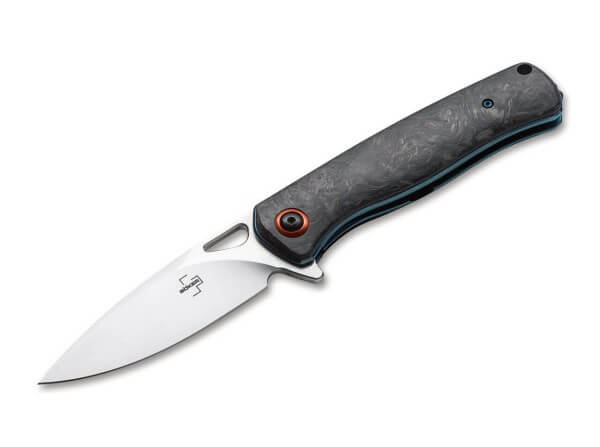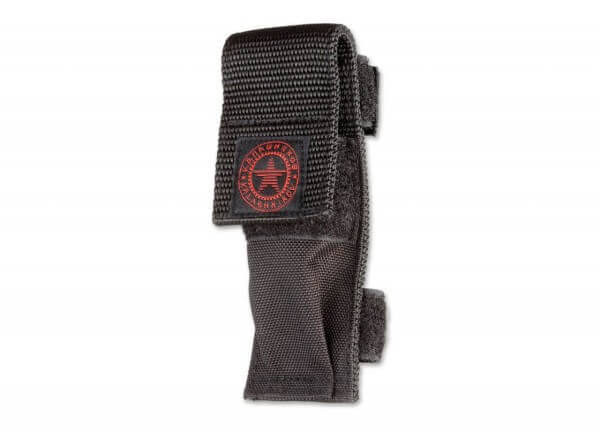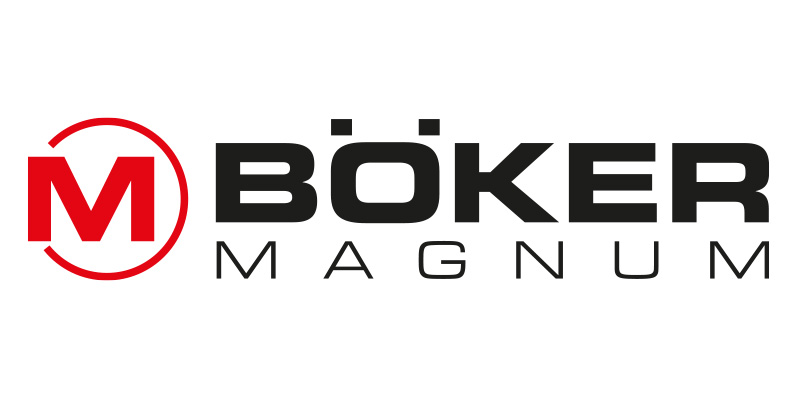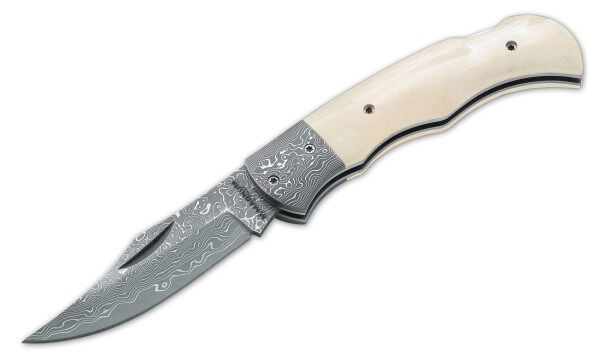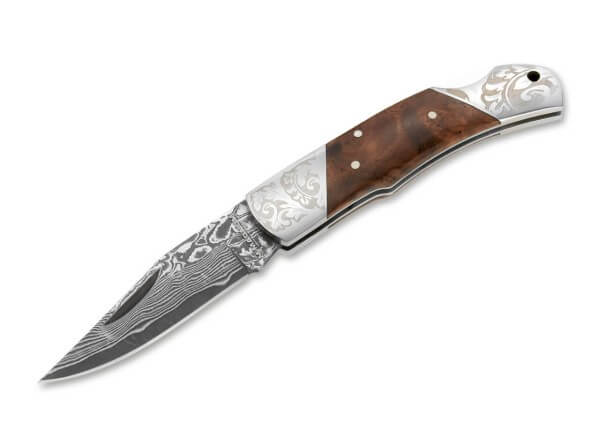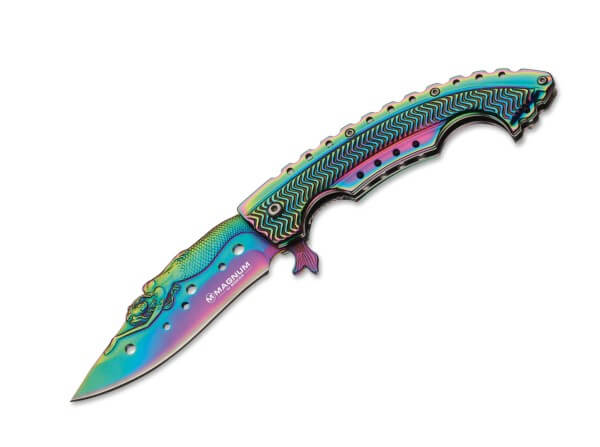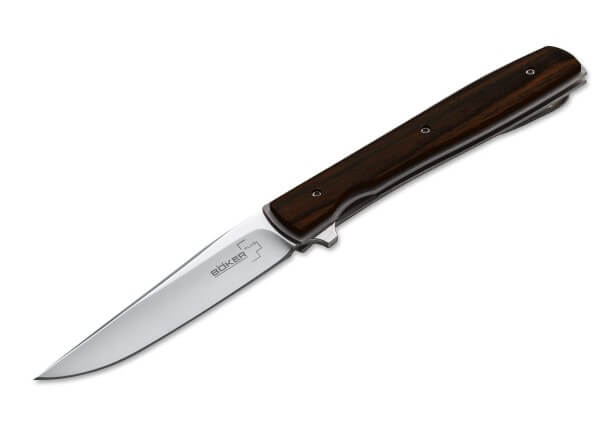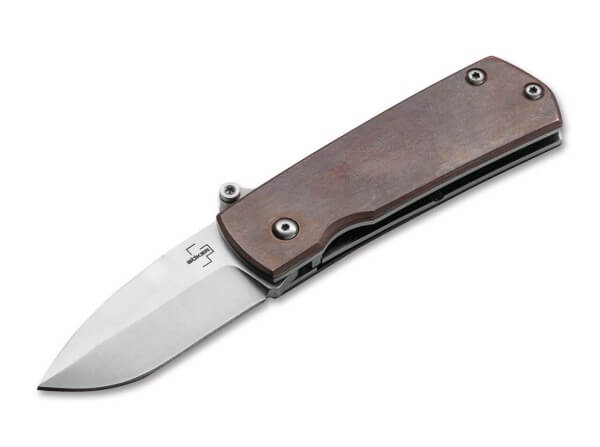* Sales tax and shipping costs will be charged separately.
Not available
- Brand: Higo
- Type: Pocket Knives
- Overall Length: 3.54 in
- Blade Length: 1.57 in
- Blade Thickness: 0.07 in
- Weight: 0.28 oz
- Blade Material: Damascus
- Handle Material: Copper
- Opener: Friction
- Opening: Manual
- Lock Type: Friction Folder
- Made in: Asia
- Color: Bronze
- Blade Color: Uncoated
- Item Number: 01PE317
Higo
Higo - A piece of Japanese history.
The first Higonokami knives were crafted in 1896 in Miki, Japan, when former samurai blacksmiths turned their sword-making skills to knives. Named after the honorary title Higo no Kami for powerful samurai, the knife’s design has remained virtually unchanged for over a century. With its simple folded-metal handle and lever (Chikiri) opening mechanism, the Higo is a timeless example of Japanese craftsmanship – elegant, functional, and steeped in tradition.
Why choose a Higo?
- Authentic Heritage – A design unchanged since 1896.
- Samurai Tradition – Born from Japan’s legendary swordsmiths.
- Elegant Simplicity – One-piece folded metal handle with lever opening.
- Timeless Craft – A knife that carries history into the present.
Higo - A piece of Japanese history.
The first Higonokami knives were crafted in 1896 in Miki, Japan, when former samurai blacksmiths turned their sword-making skills to... more
